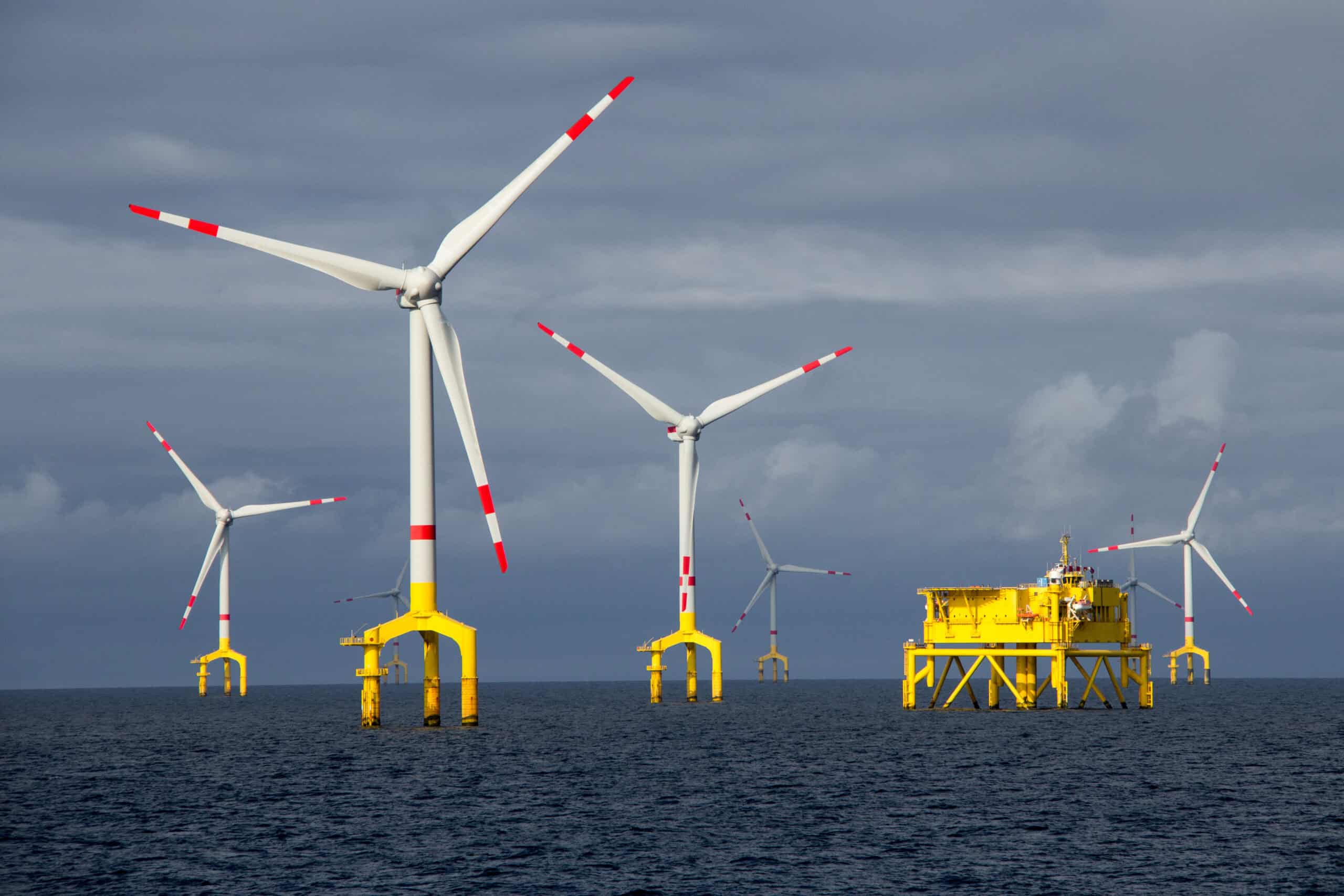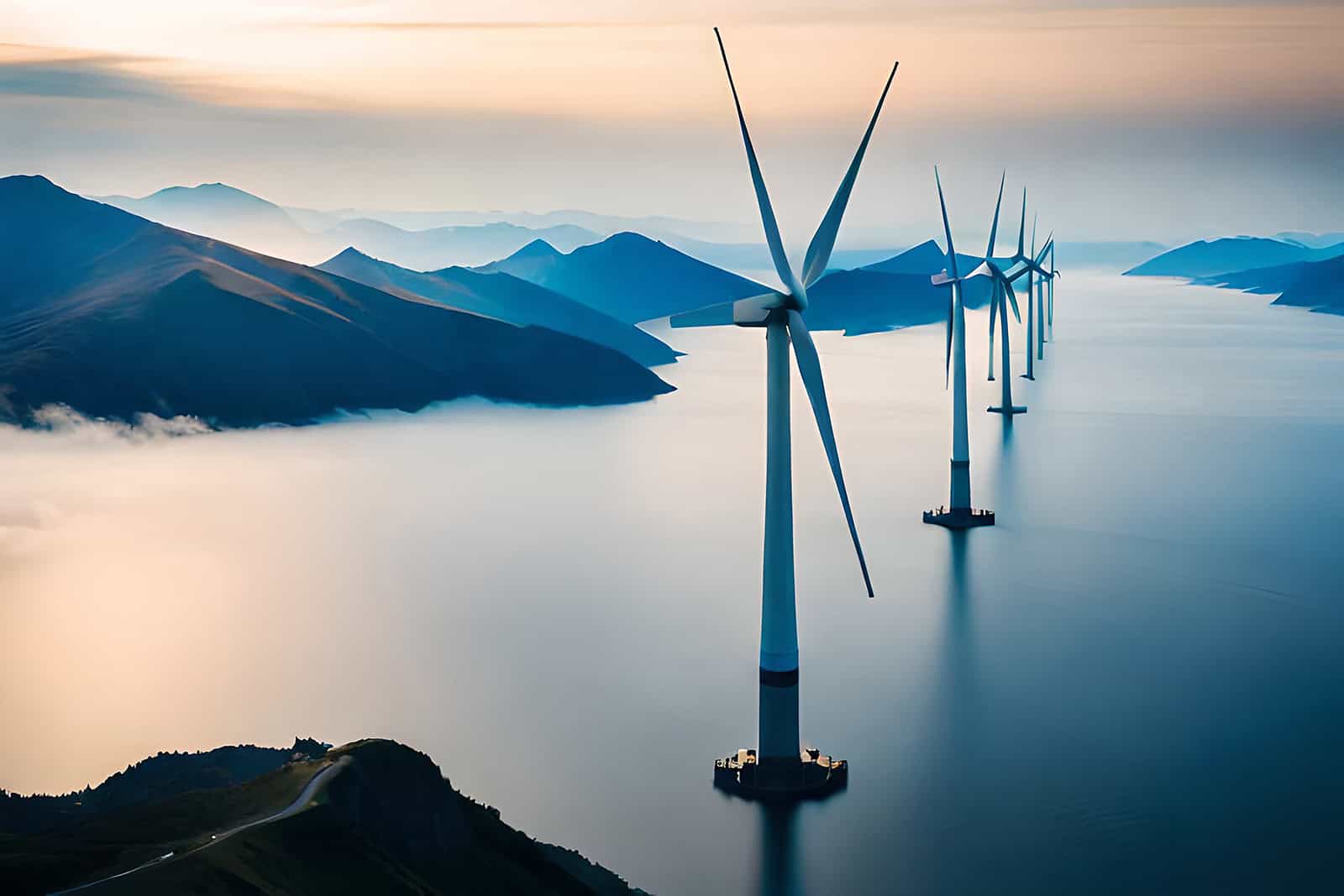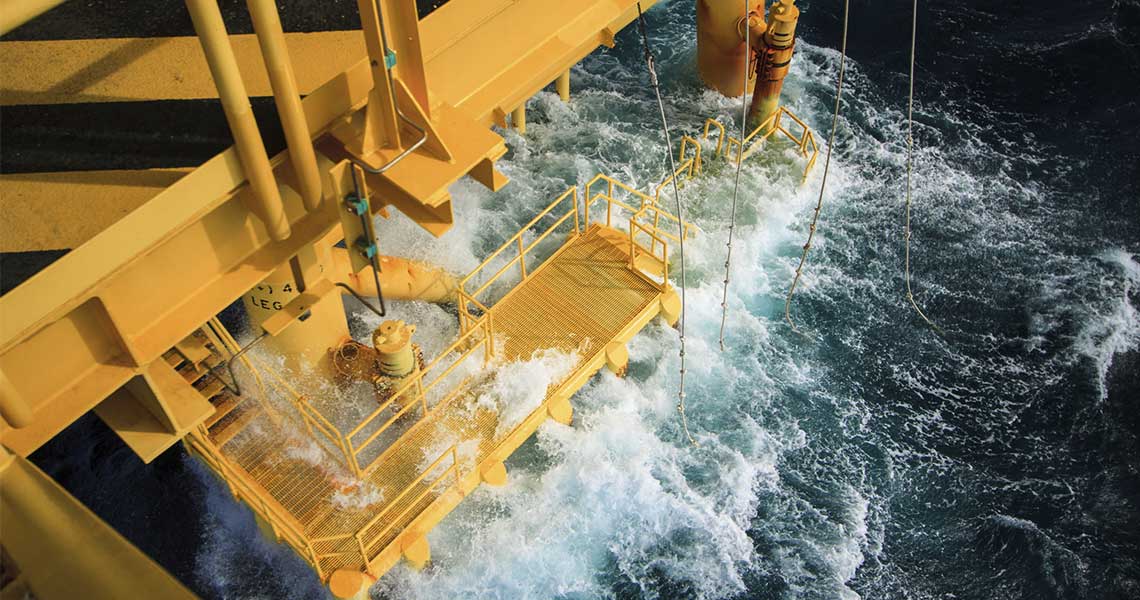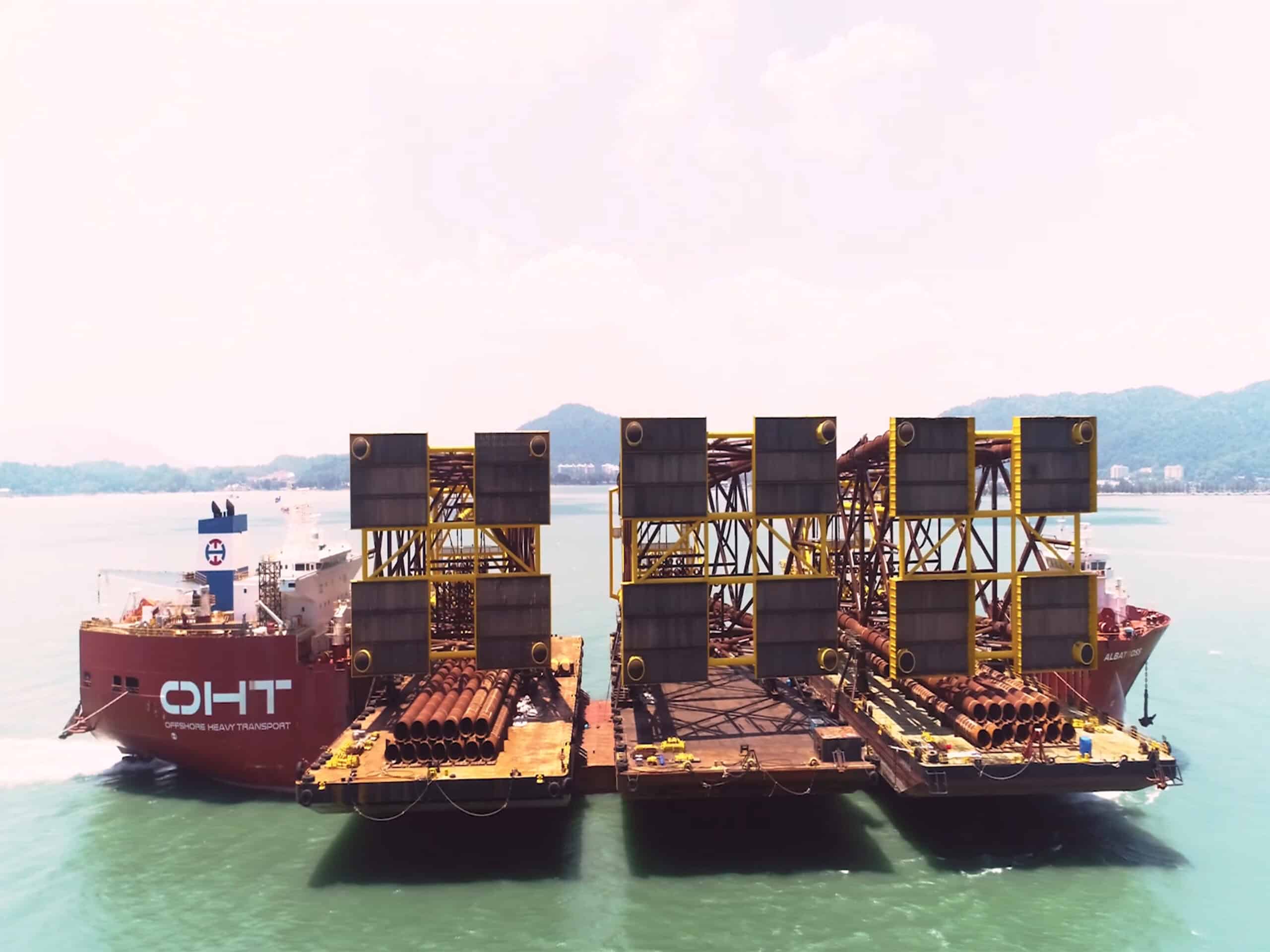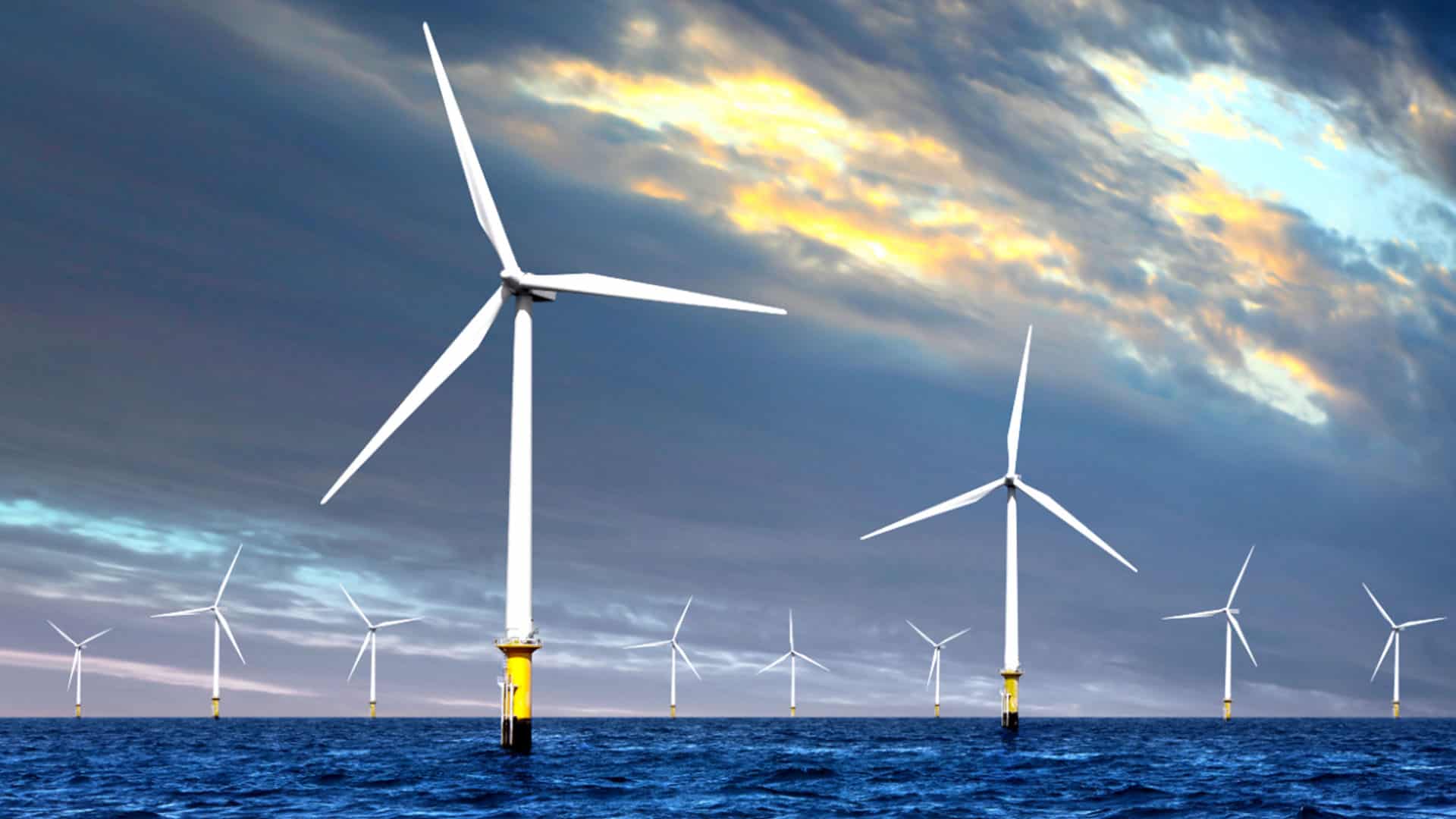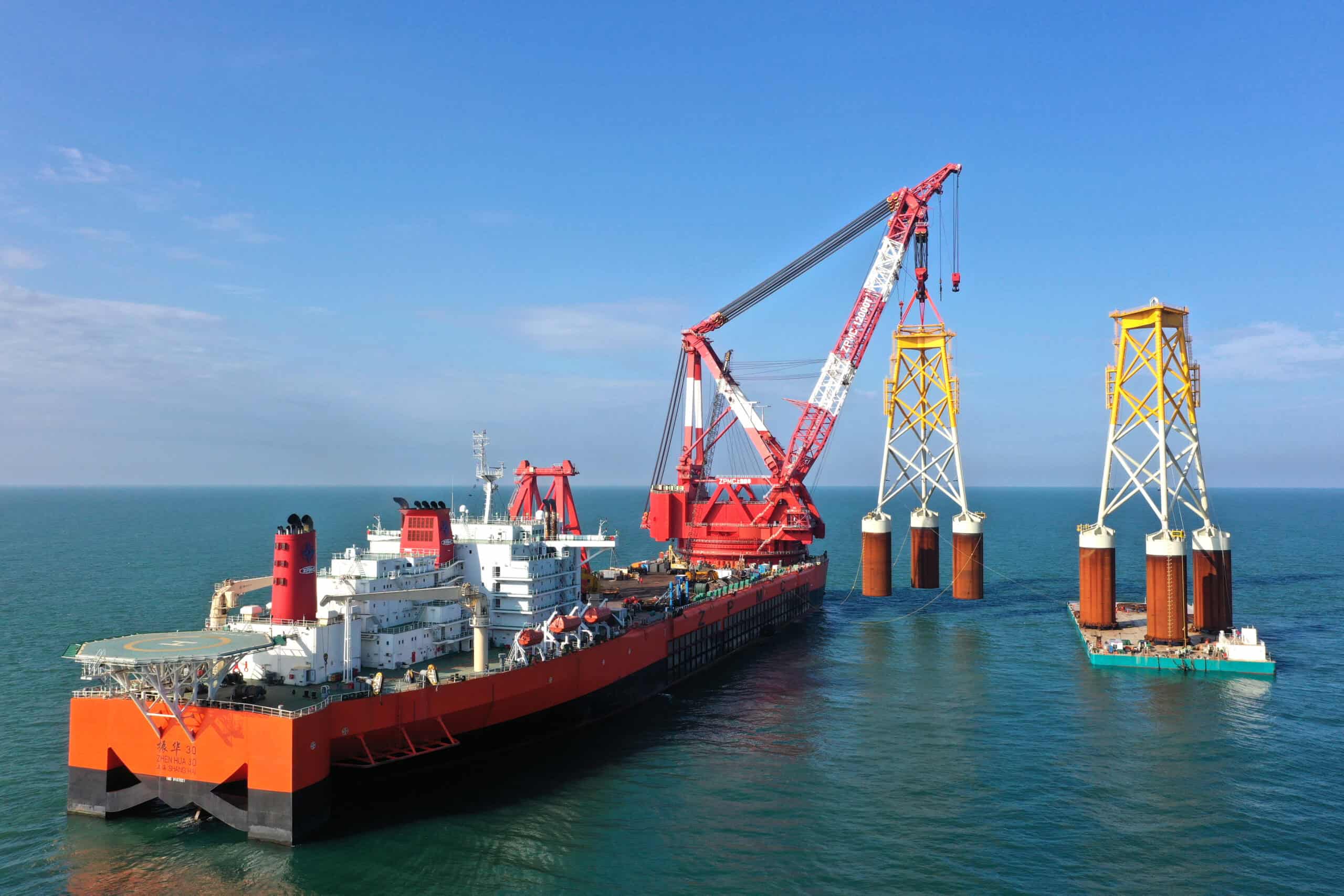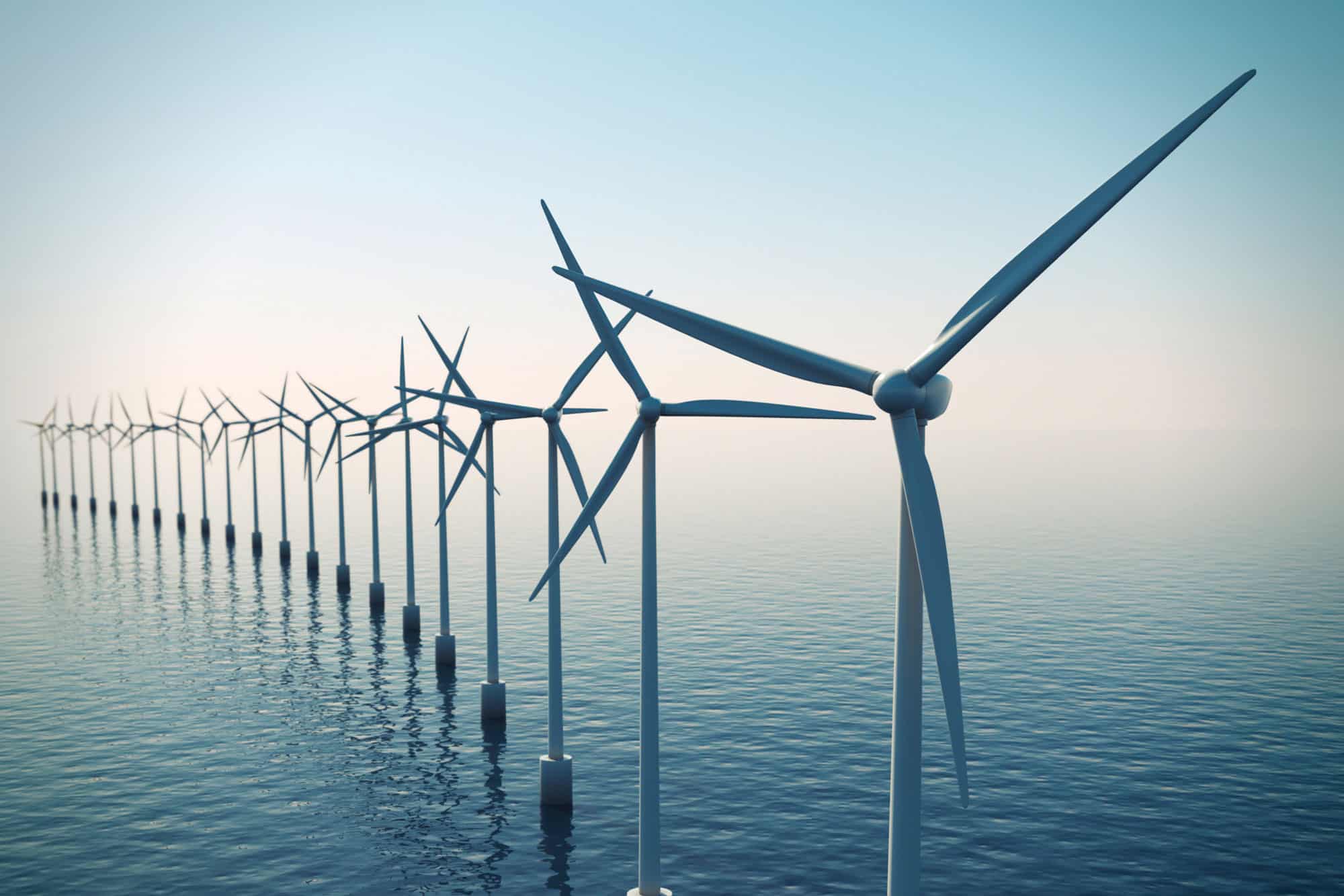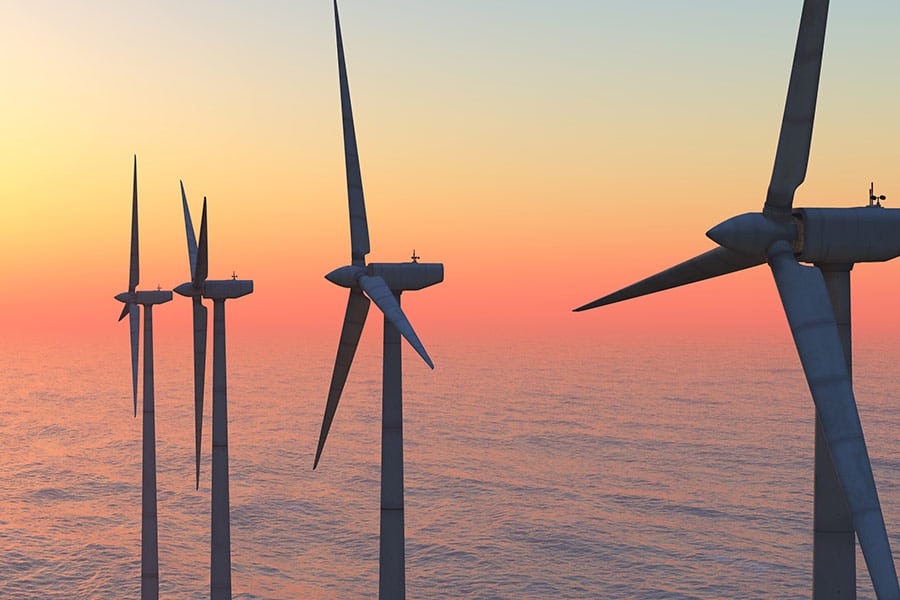The SACS and MOSES offshore engineering applications from Bentley empower engineers to design offshore wind farms even more accurately and efficiently than ever before.
Key Benefits of Using Bentley’s MOSES and SACS Wind Turbine Software:
- With MOSES, you can now simulate real-time turbine behavior, including wind-responsive control systems for the most accurate floating turbine designs yet.
- SACS Wind Turbine can cut design time by up to 50% and reduce project costs by 40% or more.
- Teams can seamlessly collaborate across disciplines using MOSES-SACS interoperability.
The Global Rise of Offshore Wind Energy
As the world moves toward using cleaner energy, offshore wind power is becoming a key part of the global shift. These wind farms, built in the ocean, have huge potential to create large amounts of renewable electricity. They are growing quickly along coastlines in Europe, Asia, and the Americas. This growth is changing how we get our energy and is also increasing the need for offshore systems to be more accurate, safe, and efficient.
Market Growth and Investment
As global energy demand continues to rise, driven by population growth, bigger cities, and the shift to electric cars and industries, there is more pressure than ever to use clean and reliable energy sources. Experts say that by 2040, global electricity use could go up by more than 60%, especially in developing countries. Offshore wind power is growing fast to help meet this rising demand. It can produce a lot of steady electricity near big coastal cities. Because it’s easy to expand, uses proven technology, and is getting cheaper, offshore wind is in a great position to help. That’s why governments and investors are putting more money into these projects. They see offshore wind as a key part of reaching energy and climate goals in a world that needs more power.
Unlocking New Frontiers with Floating Wind
Floating wind farms are changing the way offshore wind power is built. Unlike wind turbines that are fixed to the sea floor, floating turbines can be installed in much deeper water. It means that countries with steep coastlines—such as Japan, the U.S., and parts of Europe—can now use more ocean space to make clean energy. This new technology is growing fast, with more patents and test projects showing strong global interest. Between 2023 and 2025, turbines were expected to grow 60% larger than those used in the past 10 years. Bigger turbines can produce more energy and reduce the number needed in each wind farm.
Empowering Offshore Structural Engineers
The fast growth of offshore wind power and the need for resilient infrastructure shows how important offshore structural engineers and naval architects are. These experts play a key role in making sure wind farms are safe and built to last. They are responsible for designing, analyzing, and maintaining complex systems that support wind turbines in rough ocean conditions. Their work includes ensuring structural integrity against powerful ocean forces to optimize floating platforms for deep-water installations. Their expertise turns new energy innovations into real, working solutions.
MOSES and SACS: Engineering the Future of Offshore Wind
To meet these ambitious goals, engineers need powerful software that can accurately model real-world marine conditions. Advanced engineering software like MOSES and SACS (link to: Offshore Structural Analysis Software | Bentley Systems), developed by Bentley, empower engineers to design better and faster. These tools support smarter, more sustainable offshore wind sector projects, making sure that the offshore energy grows responsibly and resiliently.
Engineering Software Spotlight: What’s New in Bentley’s Offshore
We’re excited to announce that OpenWindPower has a new name, and a powerful new identity. Say hello to SACS Wind Turbine and MOSES Wind Turbine complete solutions for designing and analyzing fixed and floating offshore wind turbine structures. But this isn’t just a name change. It’s a leap forward in how engineers can streamline offshore wind development, reduce costs, and deliver safer designs. We also have exciting new features for both MOSES and SACS!
Introducing MOSES Wind Turbine: Accurate Engineering for Floating Offshore Wind
The latest version of MOSES Wind Turbine is taking a big leap forward. Previously, it could connect with tools like Bladed and OpenFAST—but now, it includes key OpenFAST wind turbine solver modules integrated into the software. This means wind turbine motion and forces are shared in real time during simulations for more accurate results. Even better, engineers can now simulate full turbine behavior, including control systems that adjust speed based on changing wind. With support for ROSCO and a Bladed-style interface, users can build and test their own controllers. This long-awaited feature brings unmatched realism and flexibility to floating wind design.Introducing SACS Wind Turbine: Smarter Offshore Wind Design
SACS Wind Turbine brings together everything engineers need to tackle the complexities of fixed-bottom offshore wind-now with enhanced automation, smarter workflows, and deeper integration. With SACS Wind Turbine, you can:- Cut design time by up to 50%.
- Reduce project costs by 40% or more.
- Ensure compliance with built-In code checking.
- Improve productivity with automated model-centric workflows.
SACS-ADINA Interoperability
Take your offshore structural designs to the next level with enhanced performance-based analysis through SACS model export to ADINA. This powerful integration empowers engineers to simulate real-world conditions to analyze offshore structures under extreme or accidental loads. ADINA excels in nonlinear behavior modeling, dynamic load response, and advanced material performance that leads to smarter decisions and even safer structures.Enhanced MOSES-SACS Interoperability for Offshore Engineering
Bentley’s MOSES and SACS software work together to support complex offshore engineering projects. Their integration enhances analysis, streamlines workflows, and improves collaboration across teams.- Integrated analysis and workflow: MOSES and SACS work together to simulate key offshore operations and automatically generate critical data like acceleration and wave loads , reducing manual effort and improving accuracy.
- Robust structural assessment: The combined tools support detailed analyses, including spectral fatigue, ensuring the safety and durability of offshore structures.
- Improved team coordination: Seamless integration enhances collaboration between structural engineers and naval architects, minimizing rework and aligning project goals.
With full support for SACS post-processing tools now built into MOSES—including fatigue analysis in the frequency domain—engineers can complete all structural evaluations in one integrated environment. This interoperability is a game-changer for delivering safe, efficient, and reliable offshore projects.
An Innovative Future for Offshore Wind Projects
The offshore wind sector is experiencing unprecedented growth, driven by global climate goals, technological innovation, and supportive policy frameworks. Together, MOSES and SACS provide a holistic environment for offshore wind infrastructure, enabling engineers to optimize designs, reduce risk, and ensure regulatory compliance.
Stay ahead in offshore wind.
Discover how MOSES and SACS Wind Turbine can transform your next project.
Learn more about what’s new in SACS and MOSES.
